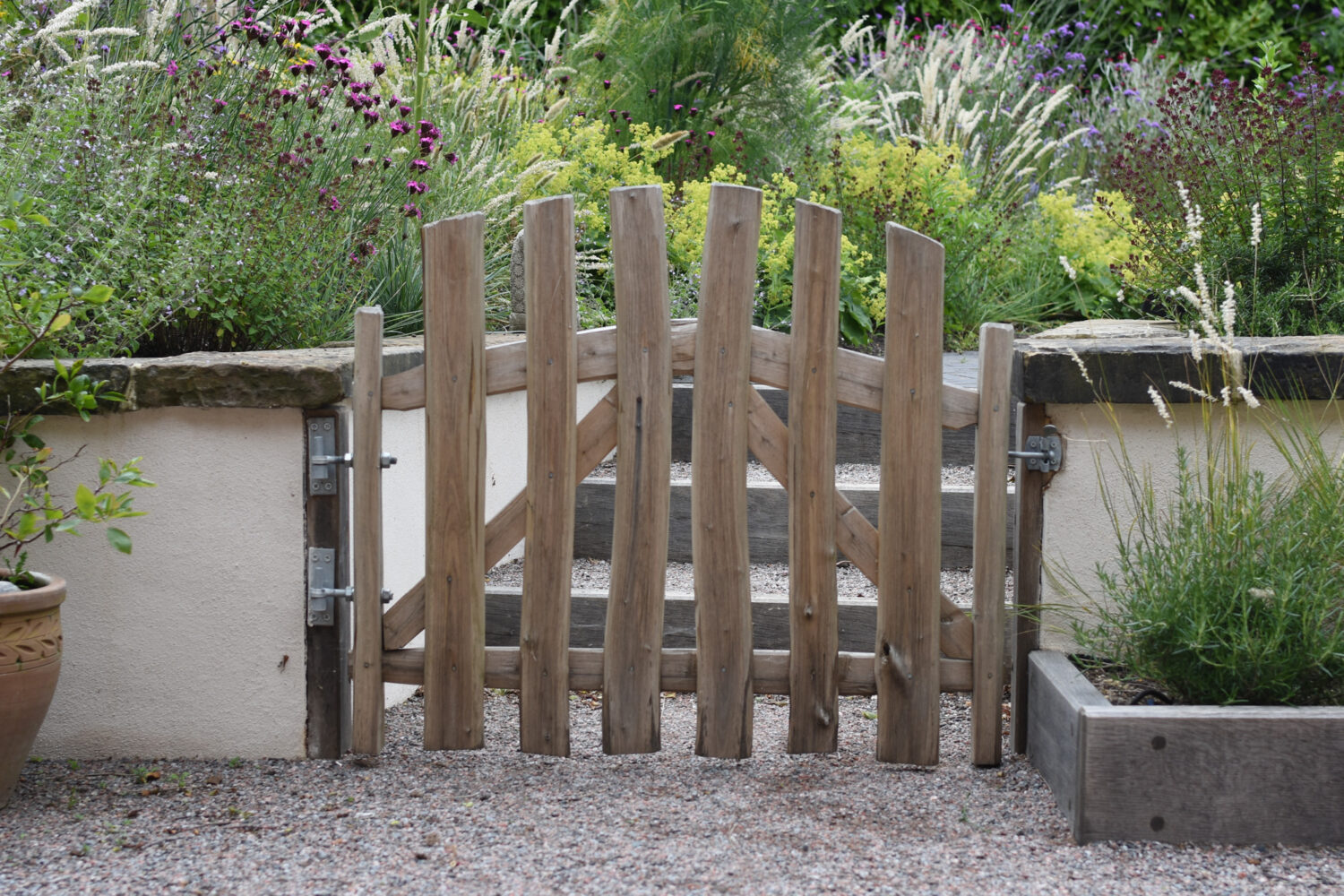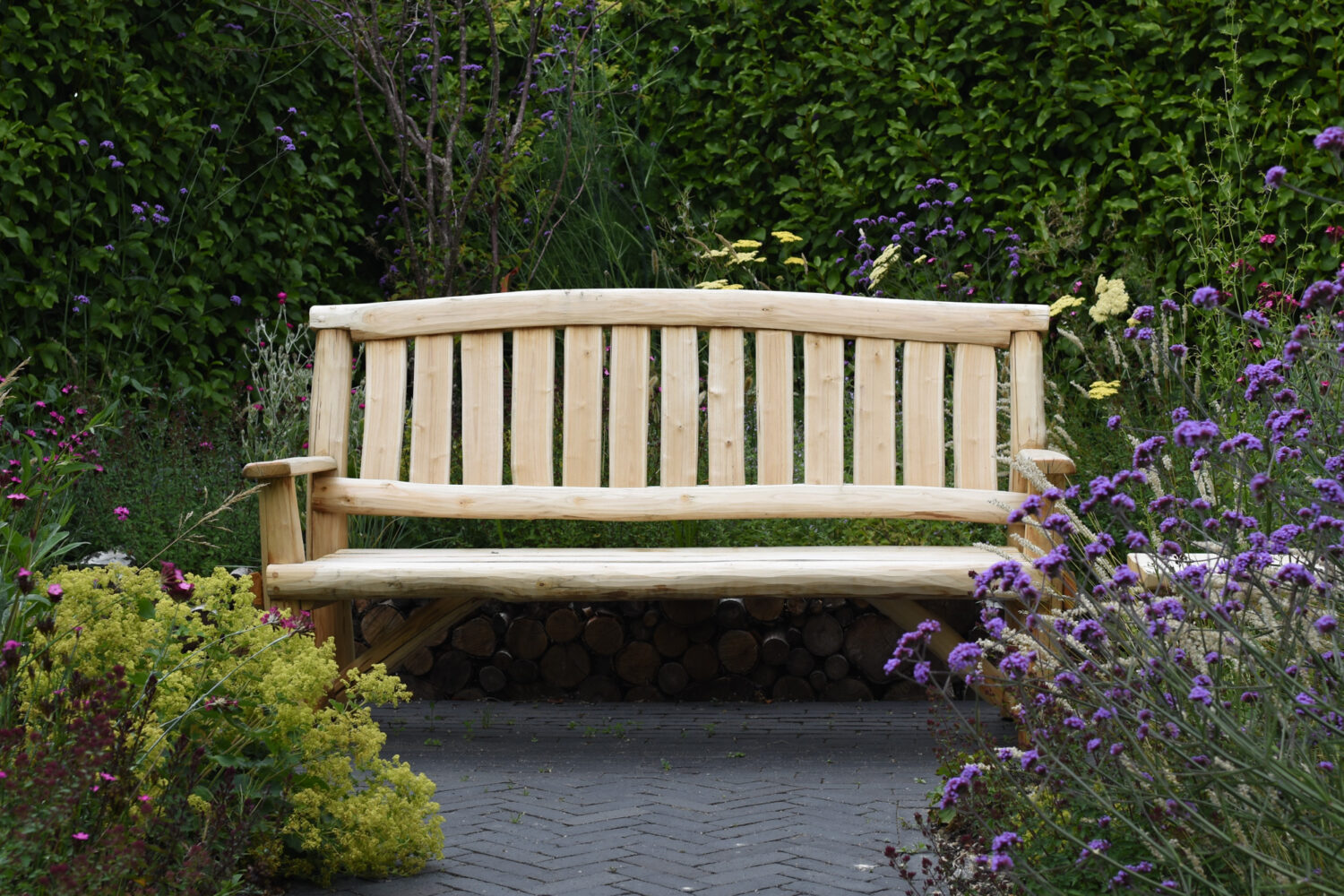Sweet Chestnut Wood

For it’s impressive durability and excellent eco credentials, Sweet Chestnut has become one of our favourite locally sourced woods.

Natural History
Sweet Chestnut is native to southern Europe, Asia and North Africa. It is thought that the Romans introduced the tree in Britain for its nuts, where it is now naturalised and commonly used in Coppice woodland. It grows up to 30m. You can identify a sweet Chestnut tree for its long, pointed shiny leaves with jagged edges. In the summer it has yellow catkins and spiky chestnuts.
Availability
Coppice is a sustainable, regenerative process to produce timber that is also great for the planet. The trees are carefully and periodically cut back, just enough so that they can regrow easily and immediately from the stumps so that re-planting is not needed. The cut stools regrow vigorously, taking up far more carbon dioxide than a newly planted tree. Other native UK hardwood species such as Oak are suitable for Coppice but are very slow growing. Since Sweet Chestnut is a rapidly growing hardwood, the Coppice cycle is much shorter which makes it a productive and sustainable alternative to Oak.
Coppicing continually creates new areas of light in woodland which ensures the growth of other plant species that would not normally thrive in deeply shaded areas of woodland dominated by large trees. This greatly improves biodiversity in woodland species including in some butterflies species.
Design Use
Chestnut can be used as an alternative to Oak, it is lighter, paler in colour with a subtler texture. It does not have flecks or silvery streaks (rays) like Oak. It has a Vanilla colour which can develop chocolate brown streaks which can give it an interesting contrasting appearance making each piece of design in Chestnut quite unique. It is very popular in traditional green Woodcraft for it’s workability and ability to split easily along the grain. Chestnut’s high levels of protective oils make it a particularly durable wood for external use.
